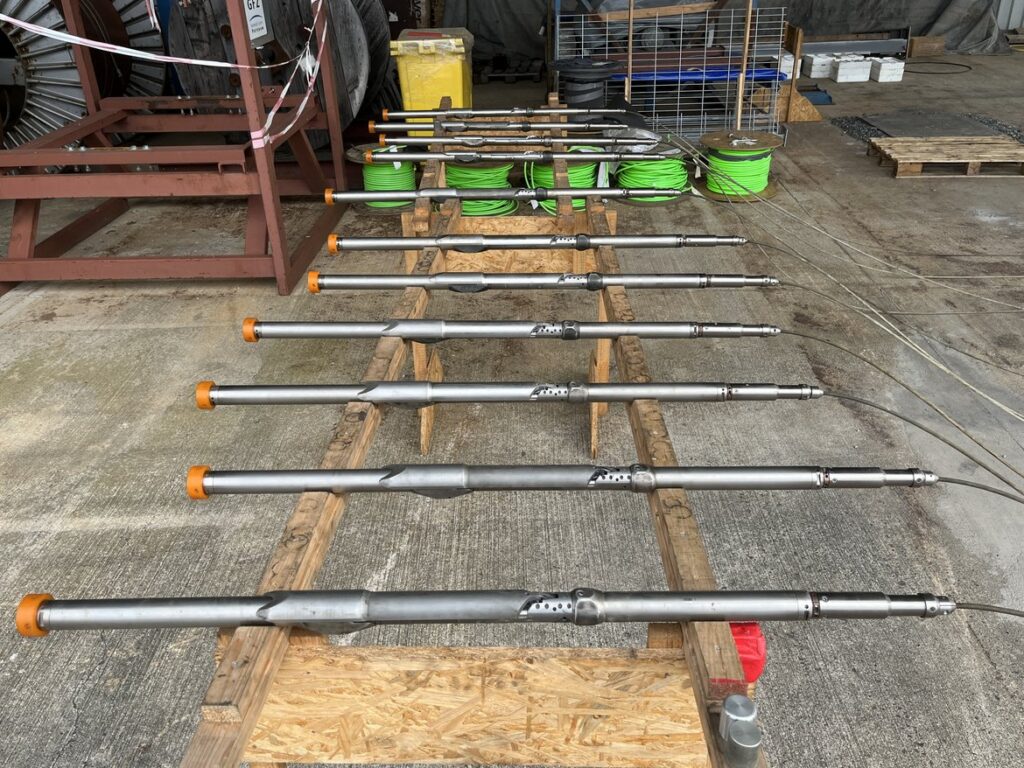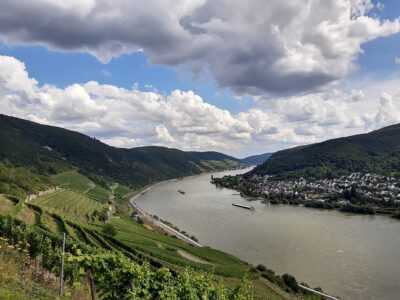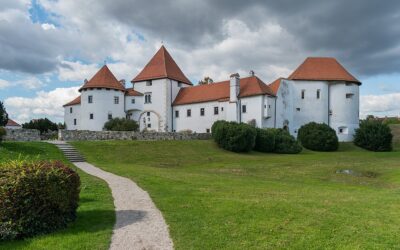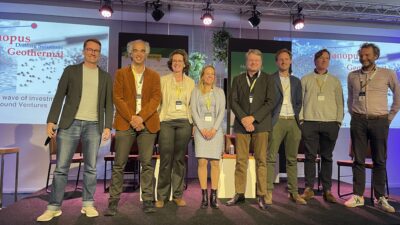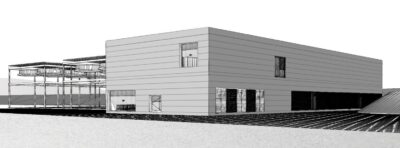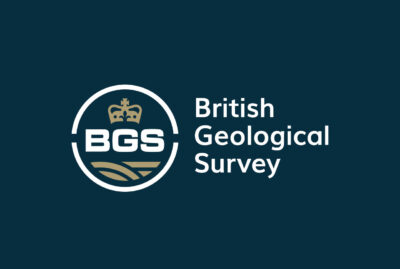Geothermal stimulation research ongoing at KTB boreholes in Germany
The GEOREAL research has commenced at the site of the deep KTB borehole in Bavaria, Germany, investigating hydraulic stimulation in deep crystalline basements.
Work has started for the GEOREAL research project in the deep laboratory of the Continental Deep Drilling Program (KTB) near the town of Windischeschenbach, Upper Palatinate district of Bavaria, Germany. The research aims to better understand hydraulic stimulation in a high-temperature crystalline environment along with real-time monitoring of seismic activity.
A unique research environment
The GEOREAL research project was announced earlier this year, taking advantage of the unique environment provided by the KTB deep boreholes. The two boreholes in Windischeschenbach are collectively referred to as the “KTB deep crustal lab” after the German Continental Deep Drilling Programme (Kontinentales Tiefbohrprogramm der Bundesrepublik Deutschland). The two boreholes, with depths of 4 and 9.1 kilometers, were drilled between 1987 and 1994.
Crystalline bedrock at a depth of more than three kilometers is typical for large parts of the earth’s crust in Germany, but is only well researched and accessible for scientific experiments in the northern Upper Palatinate through the two KTB boreholes. Water will be injected under pressure into the hot rock, helping to characterize the geothermal potential of the metamorphic basement.
“Nowhere else in the world do two such deep boreholes with a depth of 4,000 and 9,101 m exist right next to each other. The KTB location is therefore ideal for the project,” says project manager Dr. Caroline Böse.
A chain of highly sensitive borehole seismometers were installed in the main KTB borehole to document the seismic response of the GEOREAL experiment with high precision to a depth of more than 3.8 kilometers. In addition, up to 50 seismometers were installed on the surface around KTB and in several 150-meter-deep boreholes. The data from the seismometers are transmitted to the drilling site and evaluated there in real time.
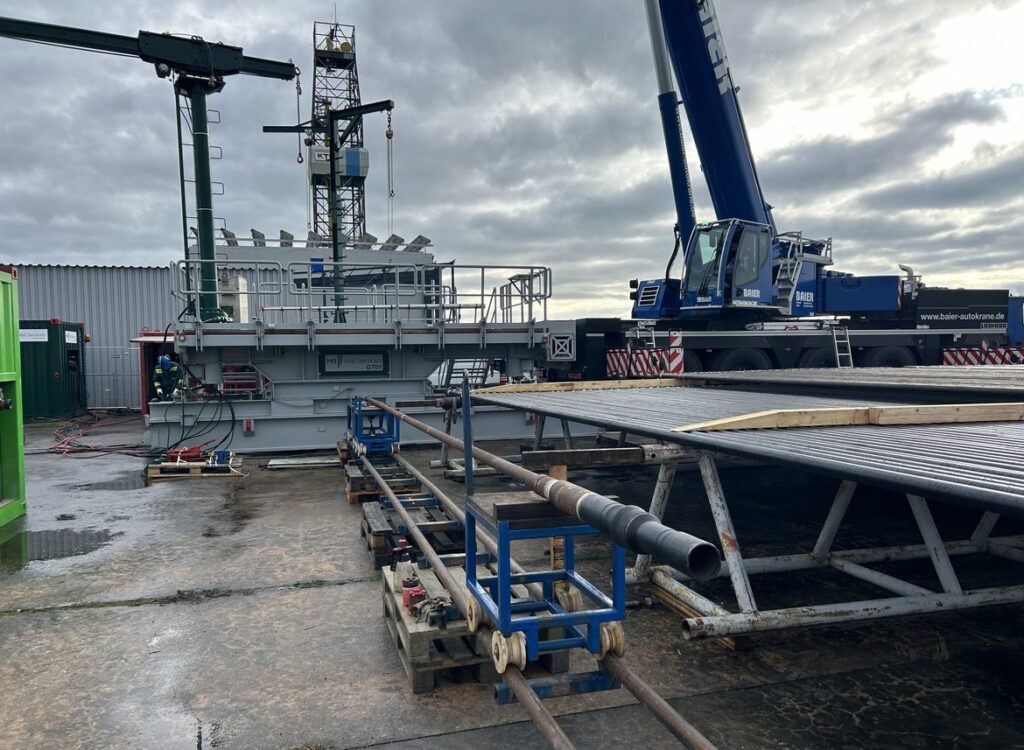
“Adaptive stimulation” based on seismic response
The experiment aims to understand the processes in the geothermal reservoir including the activation of flow paths without triggering noticeable seismic activity on the surface. Thus, the process seeks to implement an “adaptive stimulation” method based on the real-time seismic measurements. The seismic response based on pressure build-up and rest phases during water injection, corresponding to spatial and temporal spread of the water front in the reservoir, will be examined.
“Detecting this microseismic crackling in the deep subsurface gives us the opportunity to actively control the processes at a depth of almost four kilometers by directly adjusting the pumping rates during the experiment to make this area more hydraulically permeable in a controlled manner,” explains Professor Dr. Marco Bohnhoff, Head of the GFZ section “Geomechanics and Scientific Drilling.”
If the GEOREAL team succeeds in doing this in the field experiment, then the use of the geological subsoil for heat extraction, but also for the safe storage of liquids and gases, for example, will make good progress.
Previous experiments done at the KTB
The GEOREAL experiment builds on injection experiments previously carried out at the KTB and uses their results with new technology. Between 1994 and 2005, a total of three comparable experiments were carried out at the KTB, two of which were injections in the open borehole section of the KTB main borehole over days to months.
Four years later, water pumping and subsequent water injection were carried out in the KTB pilot borehole over a period of almost one year each. These experiments resulted in imperceptible, so-called induced seismicity.
However, several hundred microearthquakes were recorded that occurred in the immediate vicinity of the stimulated borehole interval at a depth of 3 or more kilometers. The strongest of these microearthquakes had a magnitude of 1.2, i.e. below the human perception threshold, which is around 2. For comparison: around 8,000 microearthquakes with a magnitude of 1 to 2 occur worldwide every day. Magnitudes of up to 4 or almost 5 occasionally occur about 80 kilometers from the KTB in the Eger Basin. These are then clearly noticeable and can also lead to damage near the epicenter.
After completing the GEOREAL experiment, geoscientists expect an improvement in existing processes for the technical implementation of geothermal projects at the KTB site and beyond. GEOREAL is also the starting signal for a long-term reactivation of research at the historically important science location KTB in Windischeschenbach.
Source: GFZ Potsdam
